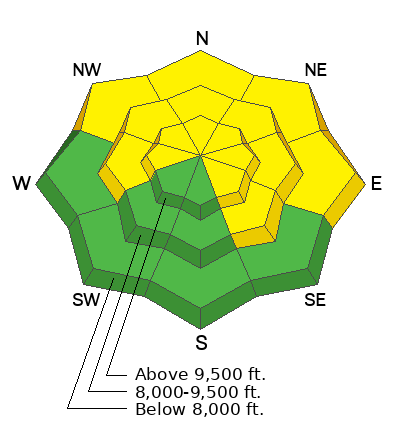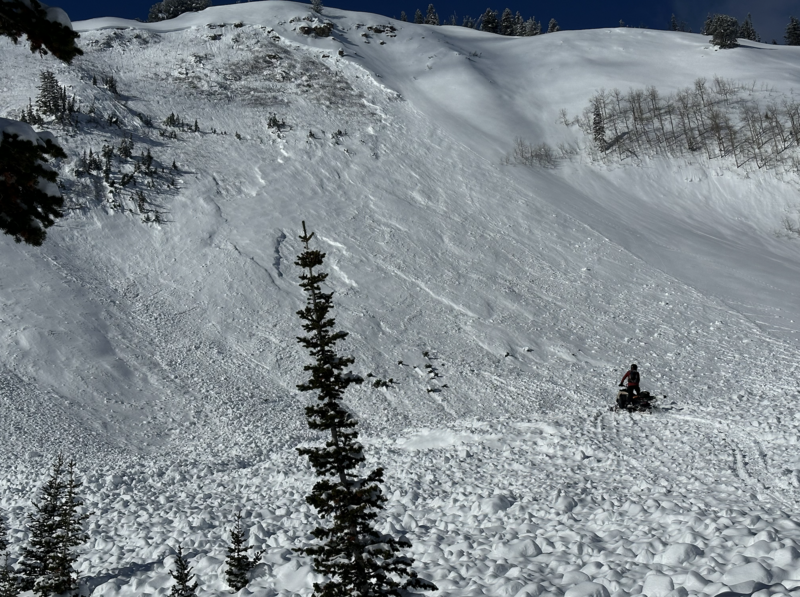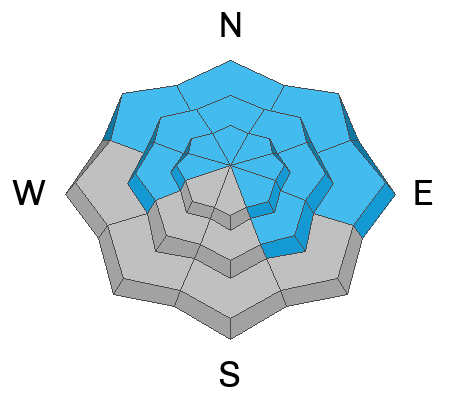Forecast for the Provo Area Mountains

Issued by Dave Kelly on
Saturday morning, January 27, 2024
Saturday morning, January 27, 2024
The avalanche danger is MODERATE on all slopes facing northwest through north and east, and mid and upper elevation slopes facing west and southeast. All other slopes have a LOW avalanche danger.
MODERATE danger with a buried persistent weak layer is not a green light nor is it the same as MODERATE danger with another type of avalanche problem. Evaluate snow and terrain carefully to identify thin, rocky, steep areas where slab avalanches may fail in a persistent weak layer buried 2-5' deep.
With today's warming you may see wet loose avalanche activity on lower or mid elevation slopes out of the wind zone.
With today's warming you may see wet loose avalanche activity on lower or mid elevation slopes out of the wind zone.

Low
Moderate
Considerable
High
Extreme
Learn how to read the forecast here








